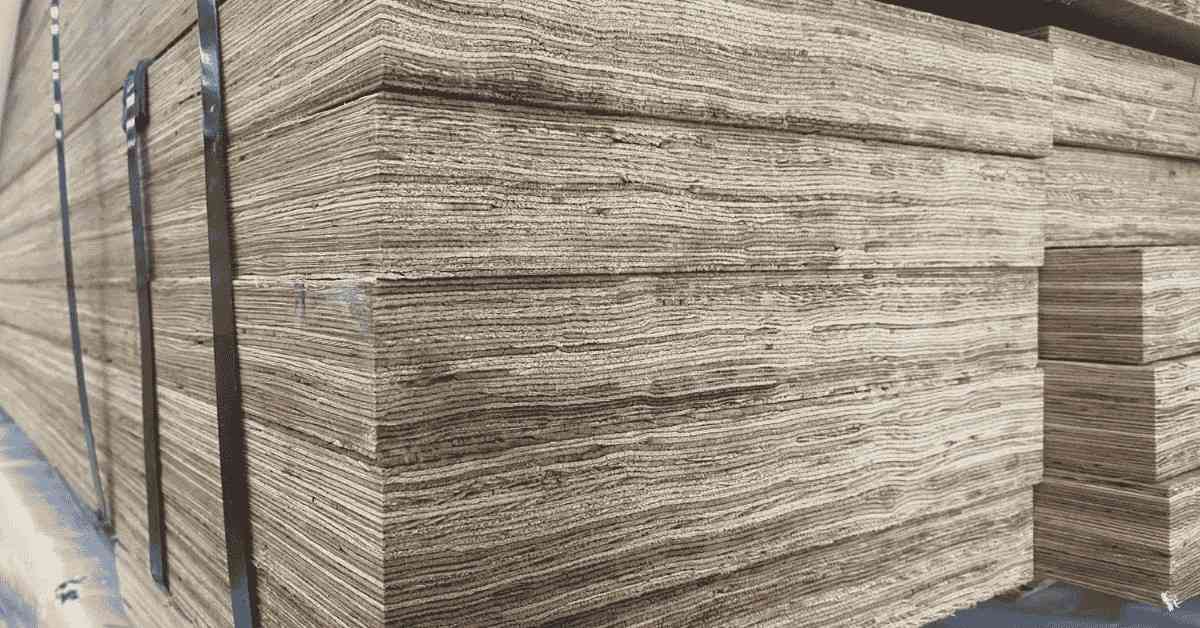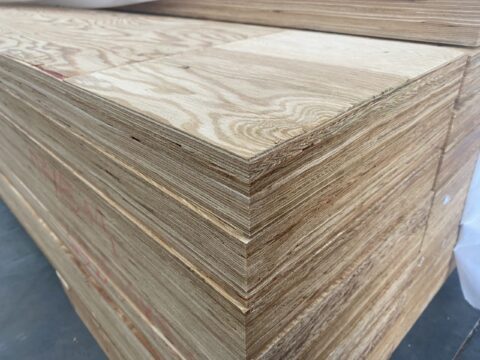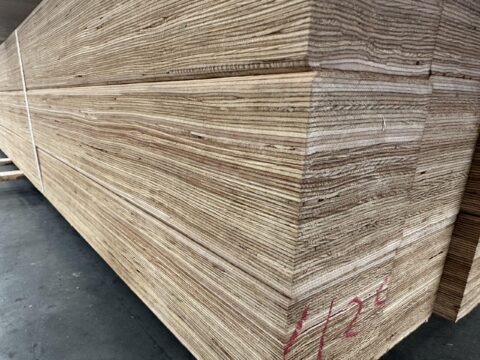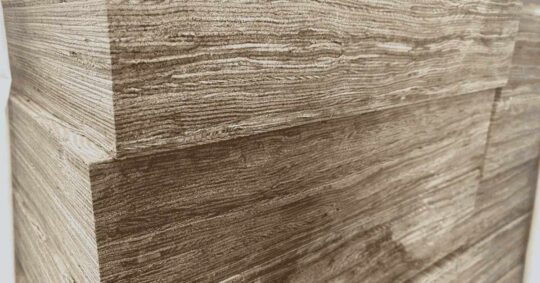- Your cart is empty
- Continue Shopping
LVL vs Solid Timber: Why Engineered Lumber Is Leading the Way


In Australian construction, both Laminated Veneer Lumber (LVL) and solid timber are widely used. Each material has its own advantages, and the right choice depends on factors such as strength, stability, cost, and intended use.
Understanding how they compare helps ensure reliable performance and long-term value in any project.
What Is LVL?
LVL, or Laminated Veneer Lumber, is a type of engineered wood product. It is made by bonding multiple thin wood veneers together with adhesives, with each layer’s grain running in the same direction. This manufacturing process produces a consistent, high-strength material with predictable performance.
LVL is commonly used in beams, lintels, joists, trusses, and rafters. It is manufactured under strict conditions to meet Australian Standards, ensuring strength and reliability for structural use.
What Is Solid Timber?
Solid timber is natural wood cut directly from logs. It has been used for centuries in building and remains popular for its natural appearance and strength. However, because it is a natural product, solid timber can contain imperfections such as knots, splits, and grain irregularities that affect performance.
Solid timber is often used in applications where appearance is important, such as exposed beams, flooring, cladding, and joinery.
Strength and Structural Performance
LVL is manufactured to be stronger and more uniform. The layering process eliminates weaknesses such as knots or grain variation. As a result, LVL can handle heavier loads and longer spans using smaller cross-sections.
Solid timber can be strong, especially in certain hardwood species, but performance is inconsistent. Natural flaws can create weak points, reducing its load-bearing capacity. Solid timber often requires larger beam sizes to achieve the same structural strength as LVL.
- LVL provides higher and more reliable strength-to-weight ratios.
- Solid timber’s strength depends on species and quality.
LVL is better suited for long spans and high-load applications.
Dimensional Stability
LVL is less prone to warping, twisting, or shrinking because the veneers are bonded under controlled conditions. It performs consistently under changing weather and humidity, which is particularly valuable in Australia’s varied climate.
Solid timber reacts to environmental changes. It can shrink or expand with moisture, leading to cracks, distortion, and misalignment over time.
- LVL maintains its shape and structural integrity for longer.
- Solid timber may require more maintenance and adjustments.
Consistency and Quality
Each LVL beam is manufactured to consistent specifications. This eliminates natural variations found in sawn timber and allows engineers and builders to rely on predictable performance.
No two pieces of solid timber are identical. Knots, sap veins, and grain differences can cause uneven behaviour during installation and use.
- LVL offers consistent quality across all sections.
- Solid timber requires careful selection and sorting on-site.
Cost and Value
LVL may have a higher upfront cost than some solid timber options, but its efficiency, strength, and lower waste rates often make it more economical over time. Reduced maintenance and longer lifespan add to its value.
Solid timber can be cheaper initially, especially for smaller or decorative applications. However, potential rework and long-term movement can increase total costs.
- LVL offers better value for structural components.
- Solid timber can be more economical for non-structural or aesthetic purposes.
Sustainability
LVL uses smaller logs and plantation timber, allowing more efficient use of resources. The manufacturing process ensures minimal waste. LVL is also renewable and stores carbon, making it an environmentally responsible choice.
Solid timber can be sustainable when sourced responsibly, but high-grade structural timber often comes from larger, slower-growing trees. This can make large-scale sourcing less efficient.
- LVL supports resource efficiency and sustainability goals.
- Solid timber sustainability depends on sourcing and grading.
Installation and Handling
Because of its uniform size and straightness, LVL is easier to handle and install. It reduces time spent correcting imperfections and minimises material waste on-site.
Natural inconsistencies in solid timber often require more on-site adjustments. Builders may need to reject or modify pieces that do not meet requirements.
- LVL is faster and simpler to work with.
- Solid timber needs more sorting and adjustment.
Standards and Grading
LVL products used in Australia are manufactured and designed to comply with AS 1720.1 – Timber Structures, which governs the design and use of structural timber. Each LVL beam comes with a manufacturer’s certificate verifying load capacity, moisture resistance, and structural reliability.
Solid timber is classified into MGP (Machine Graded Pine) grades such as MGP10 or MGP12. However, its performance can vary more widely even within the same grade due to natural variation.
Conclusion
LVL and solid timber both play important roles in construction. Solid timber remains suitable for finishes and visible architectural elements, but LVL provides greater strength, consistency, and stability for structural work.
For modern Australian builds that require dependable performance and long-term stability, LVL is the preferred option. It reduces waste, improves efficiency, and delivers a predictable outcome across every project.
Choose LVL from Timber Central
For structural applications that demand strength and reliability, Timber Central supplies high-quality LVL products that meet Australian standards. Our LVL range delivers superior load capacity, long spans, and excellent dimensional stability, making it ideal for both residential and commercial construction.
Contact Timber Central today to learn more about our LVL range and request a quote for your next project.





